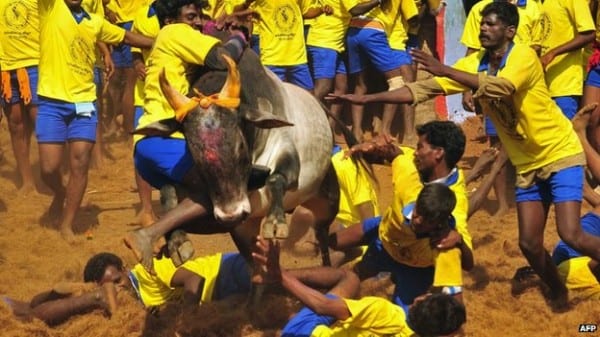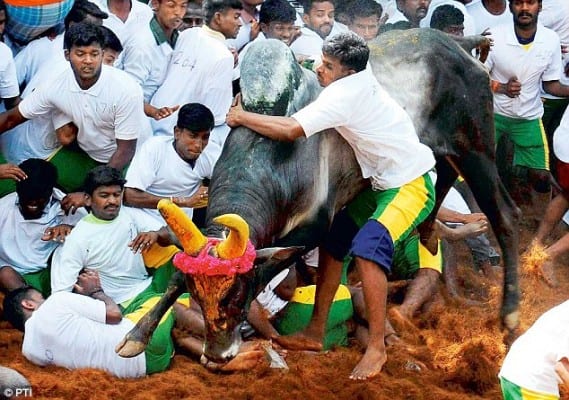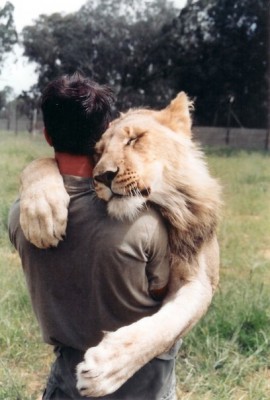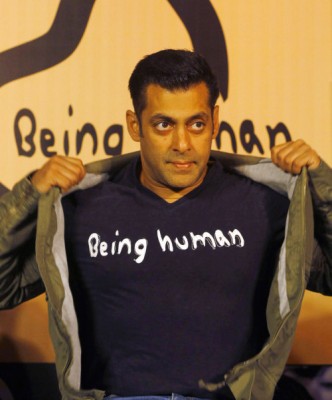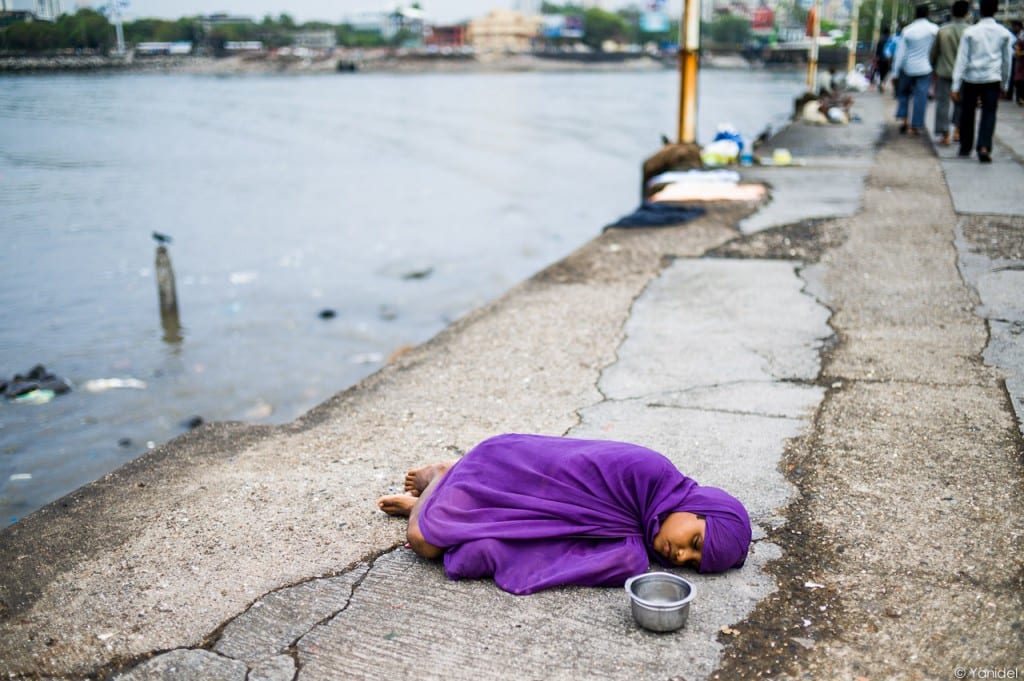India’s Sham Democracy
It’s been that way for a long long time. More misleadership to be expected. Capitalist democracy is an oxymoron. Always was.
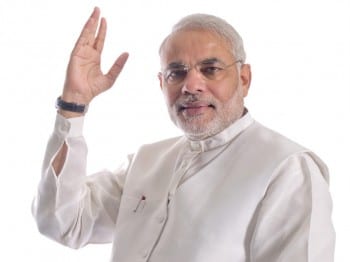
By Stephen Lendman
India is like America. Democracy is fantasy. Two major parties dominate. In India most often. Others compete. At most, some become junior coalition partners. Congress and Bharatiya Janata Party (BJP) governance control things. They take turns. They’re largely two sides of the same coin.
Indian elections ran in nine phases. From April 7 to May 12. The longest election in Indian history. Over 800 million were eligible to vote. Over 8,000 candidates competed. They did so for India’s Lok Sabha. It’s House of the People. Its lower house. Parliamentarians represent 543 constituencies. Turnout exceeded 66%. Highest ever for general elections. On May 16, results were announced.
Ruling Congress party candidates were trounced. They won 44 of 554 seats. BJP aspirants won a majority 282 seats. The BJP National Democratic Alliance (NDA) won 336 seats. Money power triumphs no matter who wins. Like in America. In Europe. In Israel. Most elsewhere . Democracy is fantasy. Narendra Modi (see image) is India’s new prime minister. He’s no democrat. Or agent of change.
He’s pro-business writ large. He’s notoriously anti-populist. He’s neoliberally one-sided. He represents strongman rule. His Gujarat tenure was ruthless. He was responsible for its 2002 massacre. Up to 2,000 Muslims were slaughtered. Thousands more were injured. Hundreds went missing. Children were burned alive. Rape and other atrocities were committed. Widespread looting occurred. Property destruction was vast.
Modi initiated what happened. He condoned it. He remains unaccountable. In 2012, a Supreme Court-appointed Special Investigation Team cleared him of involvement. Muslims justifiably were enraged. Cold-blooded mass murder was whitewashed. State terrorism triumphed. Perhaps more of the same ahead with Modi in charge. Not according to New York Times editors. They headlined “With Narendra Modi, a Change in India.”
They praised what demands denunciation. They lied claiming Modi’s victory “reflects a changing country more willing to extend governance to those outside the established elite.” Obama congratulated him. He invited him to Washington. Modi promised “economic revival.”
“He set a good tone…(He) promised to work for the good of all Indians,” said Times editors. He omitted explaining which ones he means. Wall Street Journal editors headlined “India’s Modi Moment,” saying:
“(H)e has a rare mandate to enact (greater) market-opening reforms” than already. “Indian equities soared…”
“Mr. Modi’s record offers reason for optimism.” He’s an “archetypal energetic executive…(He) welcomes foreign investment. He has a gut sense of the economic aspirations of ordinary Indians. Picking (men) of ideas to balance his own strength as a man of action would be a winning combination.”
Washington Post editors called Modi “a compelling alternative as a leader with a record of overseeing a decade-long boom in the state of Gujarat, primed by aggressively tackling infrastructure and energy bottlenecks, paring excessive regulation and attracting private investment.”
“He has promised to do the same for the country at large, sketching ambitious plans for new cities linked by bullet trains.”
Arundhati Roy calls India’s model one “designed to uphold the consensus of the elite for market growth” at the expense of fairness. It “metastasized into something dangerous.” High-level corruption reflects it. So does hardline rule.
Roy compared Hindu persecution of Muslims to Hitler’s treatment of Jews. “What kind of India do they want,” she asked earlier? She described a “limbless, headless, soulless torso left bleeding under the butcher’s clever with a flag driven deep into her mutilated heart?” She commented on India’s election, saying:
“…”(W)e’re always told there’s going to be a trickle-down revolution.”
“You know, that kind of opening up of the economy that happened in the early ’90s was going to lead to an inflow of foreign capital, and eventually the poor would benefit.”
“Well, trickle down hasn’t worked, but gush up has. After the opening up of the economy, we are in a situation where…100 of India’s wealthiest people own 25 percent of the GDP.”
“Whereas more than 80 percent of its population lives on less than half a dollar a day.”
Roy noted horrendous malnutrition, hunger and human misery. India’s growing middle class comes at the expense of a “much larger (permanent) underclass.”
Small farmers among others suffer. Around 250,000 committed suicide. “If you try to talk about (it) on Indian television channels, you actually get insulted…” Roy’s new book is titled “Capitalism: A Ghost Story.” It explains well. It makes a strong case. It shows globalized capitalism created unprecedented inequality, violence, racism and ecocide.
Vijay Prashad is an Indian historian/journalist/sharp critic of New Delhi policy. He called BJP candidates winning decisively a clear mandate. He’s not encouraged. He expects worse of what voted rejected ahead. He commented on Hinduism’s strong pro-Israeli sentiment. “Hindutva and Zionism shared a muscular nationalism that developed – because of their context – a programmatic apathy to Islam and Muslims,” he said.
In 1884, BJP candidates won two seats. This year “the tide turned,” said Prashad. It did so despite Modi’s genocidal legacy. Anti-Congress sentiment mattered more. India has “a powerful Hindu Right government with a very weak opposition,” Prashad added. “It is the worst of all worlds.” Congress prioritized neoliberal policies. They combined “liberalization, privatization and globalization.” Prashad calls it “an explosive mix that brought India in line with the planet’s rising inequality.”
It’s grown steadily for years. Especially so in the new millennium. Extreme depravation affects around “680 million Indians.” Congress policies exacerbated things. Inequality escalated during its tenure. Voters reacted. Its candidates were rejected. BJP ones replaced them and then some. Both parties represent monied elites. Corruption is deep-seated.
BJP and Congress largely govern the same way. Prashad said Modi’s Gujarat “malnutrition rate is so high that it is worse than the average…in sub-Saharan Africa.” Its development model is exclusively pro-business. Modi family-controlled companies profit handsomely. He “ran as a development candidate with a carefully calibrated argument,” said Prashad. He turned truth on its head. He claimed neoliberalism didn’t create inequality. He blamed corruption. He “tied it to the mast of Congress.”
He rode an anti-ruling party wave. He did so successfully. He reflects hard right Hindu nationalist extremism. He’ll form his government going forward. He’ll have to decide whether it’s “the ideology he concealed in plain sight or from the campaign rhetoric…he delivered,” said Prashad.
Election results showed India’s left considerably weakened. Its alternative is rebuilding “strength outside parliament through popular political struggles,” Prashad stressed. Did ordinary Indians get what they wanted, he asked? Was it “good governance or Hindu nationalism?”
On the one hand, they get what they voted for, good or bad. On the other, they’re stuck with the worst of both worlds they deplore. Hardline pro-business Hindu nationalists are empowered for the next five years. For hundreds of millions of deeply impoverished Indians, it’ll feel like a lifetime.
ABOUT THE AUTHOR
Stephen Lendman lives in Chicago. He can be reached at lendmanstephen@sbcglobal.net. His new book as editor and contributor is titled “Flashpoint in Ukraine: US Drive for Hegemony Risks WW III.”
http://www.claritypress.com/LendmanIII.html
Visit his blog site at sjlendman.blogspot.com.
Listen to cutting-edge discussions with distinguished guests on the Progressive Radio News Hour on the Progressive Radio Network. It airs three times weekly: live on Sundays at 1PM Central time plus two prerecorded archived programs.
http://www.progressiveradionetwork.com/the-progressive-news-hour
